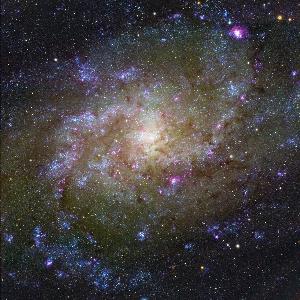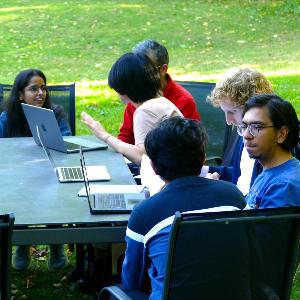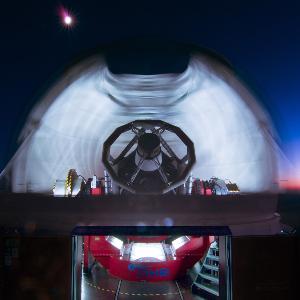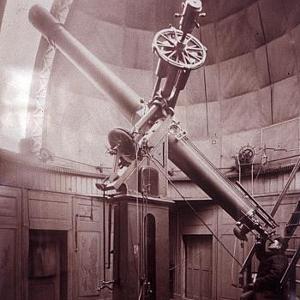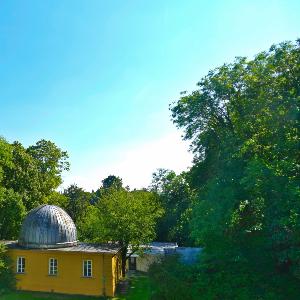
News
-
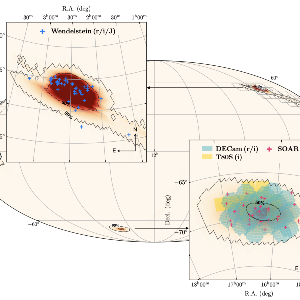 Neutron star merger event S250206dm: no needle in this haystack
Neutron star merger event S250206dm: no needle in this haystackTwo recent publications analyze the potential optical counterpart to a neutron star merger
-
Astrophysics MSc
Call for applications to Astrophysics MSc program now open.
-
 A happy new year from LMU Observatory
A happy new year from LMU ObservatoryThe University Observatory wishes a happy new year to all of its students, employees and friends!
Events, Colloquia, Seminars
-
30 Apr—23 JulLMU Astrophysics Colloquium
The Astrophysics Colloquium takes place every Wednesday at 11:00 during the lecture period.
-
 18 SepRegistration for 2025 Cambridge-LMU Cosmology Workshop now open
18 SepRegistration for 2025 Cambridge-LMU Cosmology Workshop now openThe long-standing Cambridge-LMU Workshops are dedicated to strengthening the collaboration between the Cambridge and Munich cosmology communities.
Visitors, employees and students should always experience a respectful environment at the Observatory. For that purpose we operate according to the standards set by the LMU anti-discrimination policy, and we constantly work to improve our implementation of the latter.



